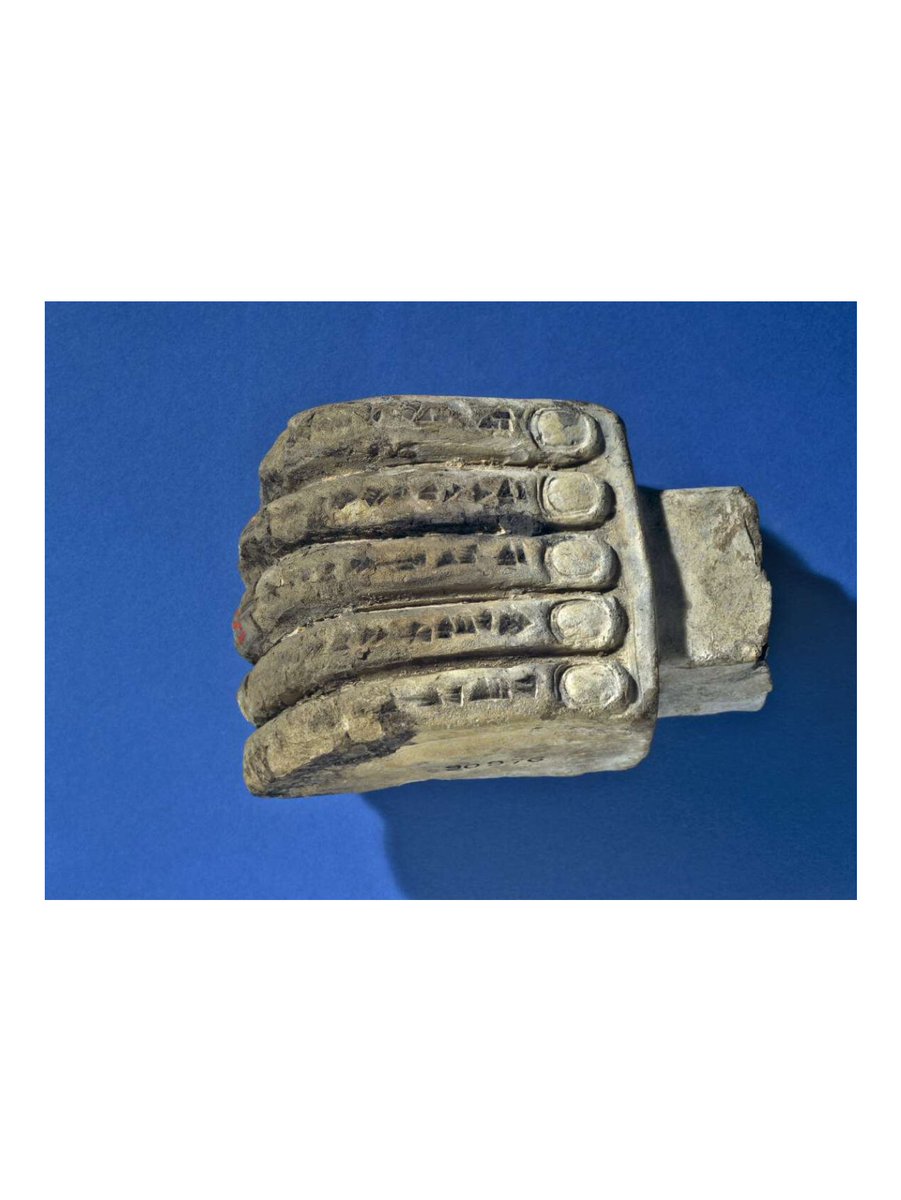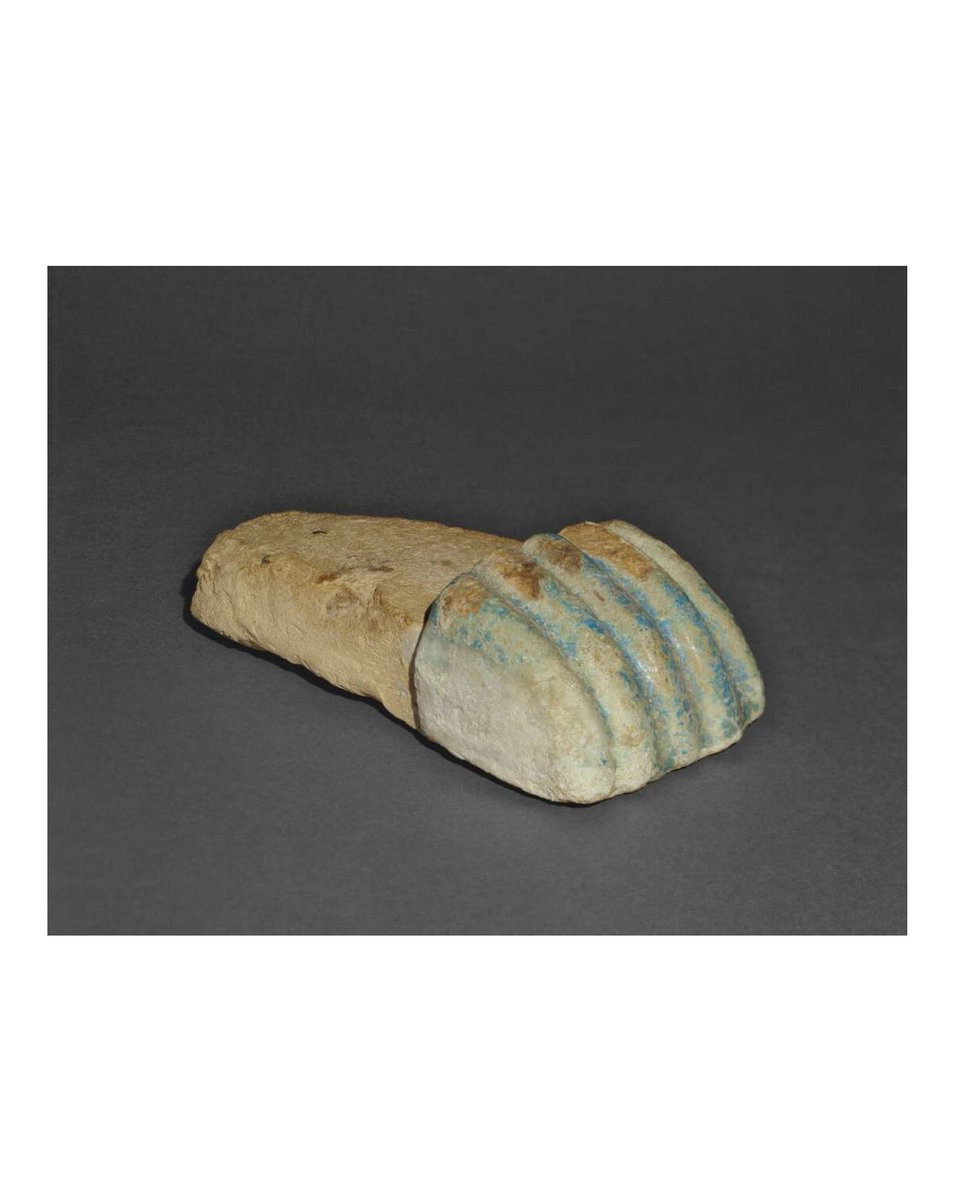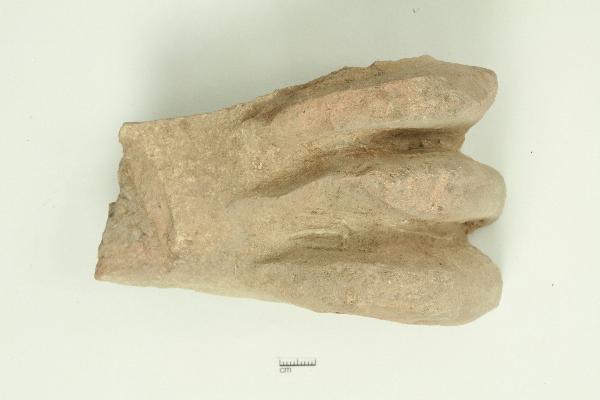Hands of Ishtar, a rather interesting and enigmatic Assyrian object are making the rounds on Twitter today. I wanted to show a couple cool examples of these objects from different places in Mesopotamia to illustrate one aspect of imperial architecture. https://twitter.com/artcrimeprof/status/1319657516901502976">https://twitter.com/artcrimep...
To begin, these objects are often called "Hands of Ishtar" named because they clearly are modeled on clay hands often with clearly delineated fingers sometimes even with fingernails (and example from the British Museum): https://www.britishmuseum.org/collection/object/W_-90976">https://www.britishmuseum.org/collectio...
Most of the examples you see in museum collections come from the core of the Assyrian empire (btw these are to my knowledge only an Assyrian phenomena), they are inscribed, sometimes glazed, have visible fingernails etc... i.e. they& #39;re fancy! ( https://www.britishmuseum.org/collection/object/W_1848-1104-176)">https://www.britishmuseum.org/collectio...
But if we travel a bit further north from the core of Assyria to the edge of the empire, a small border town on the Tigris river in modern Diyarbakir province in Turkey we find more of these objects of a decidedly different quality:
The site of Ziyaret Tepe, probably ancient Tušhan, was excavated from the late 90s until 2014. I served as the project registrar for the site for a long while... and when these were excavated and came across my desk for identification and registration I was amazed!
The main period of occupation at the site aligns with the core of the Assyrian empire. The hands from the site then are responding directly to the use of the objects in the core of the empire, but they clearly didn& #39;t have the time, money, or expertise to perfectly emulate.
I think these objects provide a great example of how ideas can travel around an empire from core to periphery (and vice versa in many cases) while changing and demonstrating the power of empire in impacting, in this case, urban architecture.
As for the objects themselves, they were probably called something like "sikkatu" i.e. peg. They were inserted into the brickwork on the exterior of buildings in order to "hold up" other architectural elements like roof beams etc...
The inscribed pegs from the core of the empire are covered in short royal inscriptions boasting about their building and restoration projects, emphasizing again the desire of rulers to write their deeds on any possible surface...

 Read on Twitter
Read on Twitter





